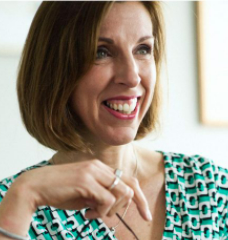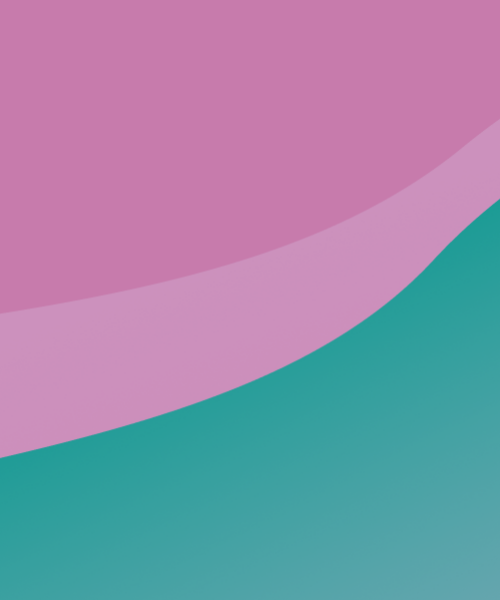Iron Factsheet
Download bookletIron is a mineral found in every cell in the body. It is an essential part of haemoglobin in red blood cells, which carries oxygen around the body. If you don’t have sufficient levels of iron, your body can’t make enough healthy haemoglobin to carry the oxygen, meaning the cells all over your body will not get adequate levels of oxygen. This leads to fatigue which can affect everything from your brain function to your immune system’s ability to fight off infections.
Why is it important for women?
How much iron you need each day depends on your age, gender, and overall health; it is not excreted from the body in urine or faeces, but it is lost in blood, sweat and other secretions.
Women need more than men during the years that they have periods because they lose iron in menstrual blood each month. That’s why women from ages 19 to 50 are recommended more than double the amount than men.
After menopause, a woman’s iron needs drop as her menstrual cycle ends and recommendations of requirements are then the same as for men. If you are still having periods over 50 years, iron requirements for menstruating women still apply.
If your periods stop earlier than 50 years (as they do for many women) your needs would be the same as for over 50s.
The hormone estradiol can interfere with how the body metabolises iron. Many menopausal women can also have low levels even if they are not having periods.
Download and read the full factsheet for more information.






